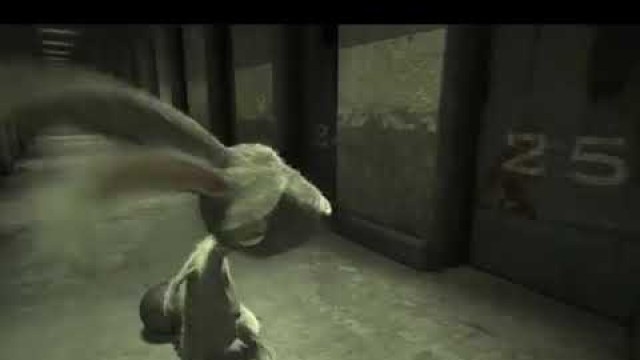

00:37
Dec 13, 2021
1
2
'Rabbits: Blinded for Beauty Humane Society International A rabbit represents our campaign. istock The rabbit has become synonymous with cosmetics animal testing the world over and the image most often used on cruelty-free labelling. Rabbits are still widely used in eye and skin tests for consumer products and, alongside guinea pigs, rats and mice, endure untold suffering for the beauty industry. Life in the lab Like so many animals condemned to a life in the laboratory, rabbits used in experiments are denied the ability to express many of their natural behaviours. In the wild, rabbits live in burrows in large communities. They are shy and sensitive creatures who mostly rest in the underground darkness during the day and forage at night. Being suited to an essentially nocturnal existence makes rabbits extremely sensitive to light. They also have an acute sense of hearing which they rely on to sense predators. Help by signing our pledge to Be Cruelty-Free. Life in the laboratory is a world away from this natural environment. Often housed in isolation, in bare, wire cages without sufficient space or environmental enrichment, rabbits are prone to loneliness and boredom. Their senses are also overloaded with constant, bright artificial lighting from which there is no escape, and incessant noise such as the clanging of metal cages and loud music blaring from radios. These can all cause these sensitive animals to become stressed, which in turn can weaken their immune system, making them prone to illness. They can also suffer sore and damaged feet from standing in metal caging, and even self-mutilate to relieve their anxiety. Testing Over the years, rabbits have most often been used in the Draize Eye and Skin tests. Developed in the'See also:

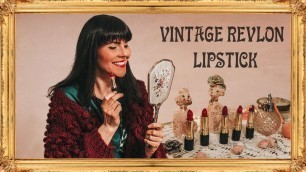
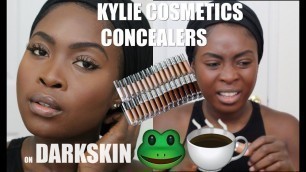



!['[TF2] Top 10 Best Pyro Cosmetic Sets!'](https://cdn-img01.cosmeticsvlog.com/images/3-m/636/63686_m.jpg)


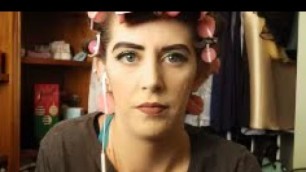


!['Blue Moon Unboxing Giveaway Winners! [TF2]'](https://cdn-img01.cosmeticsvlog.com/images/3-m/910/910682_m.jpg)
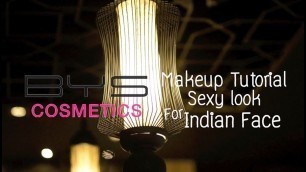
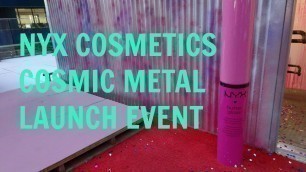



comments